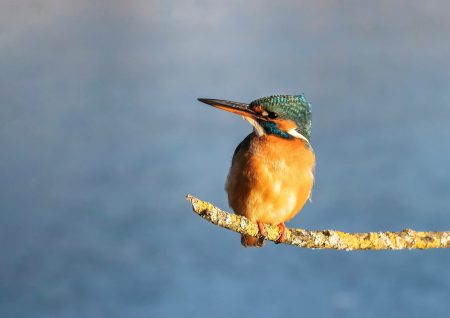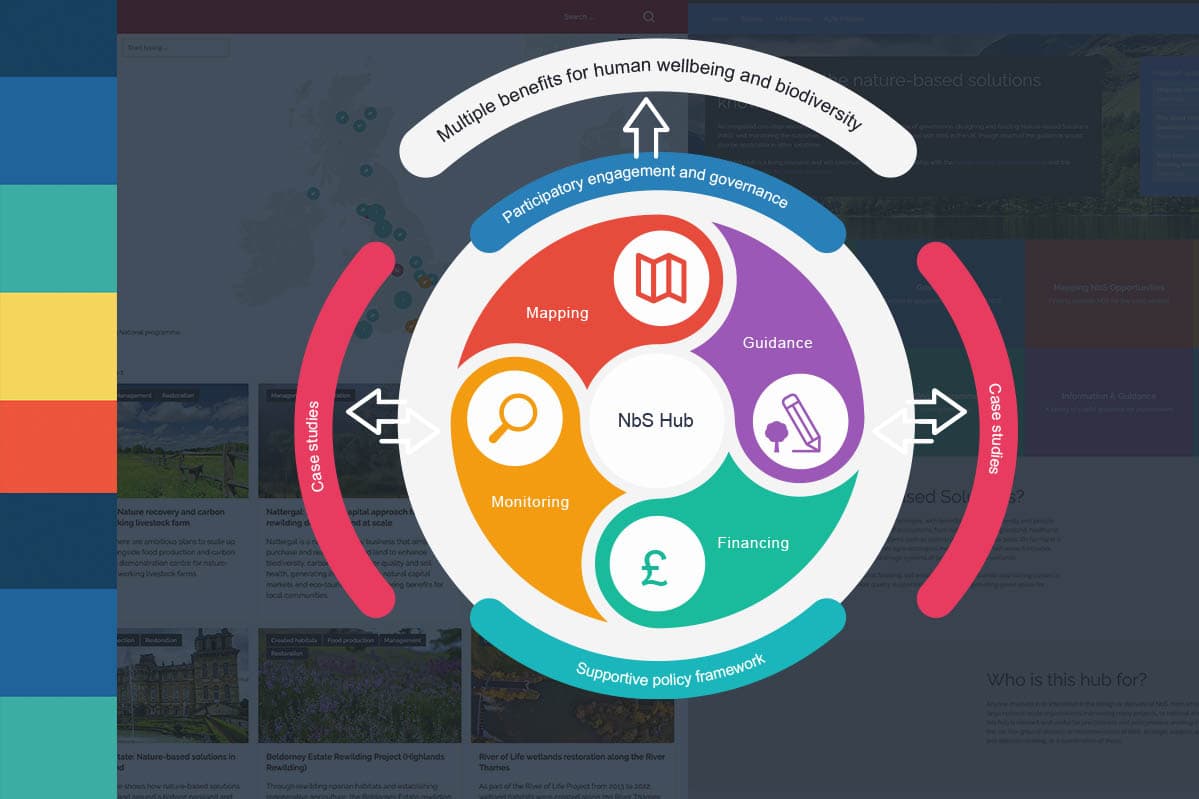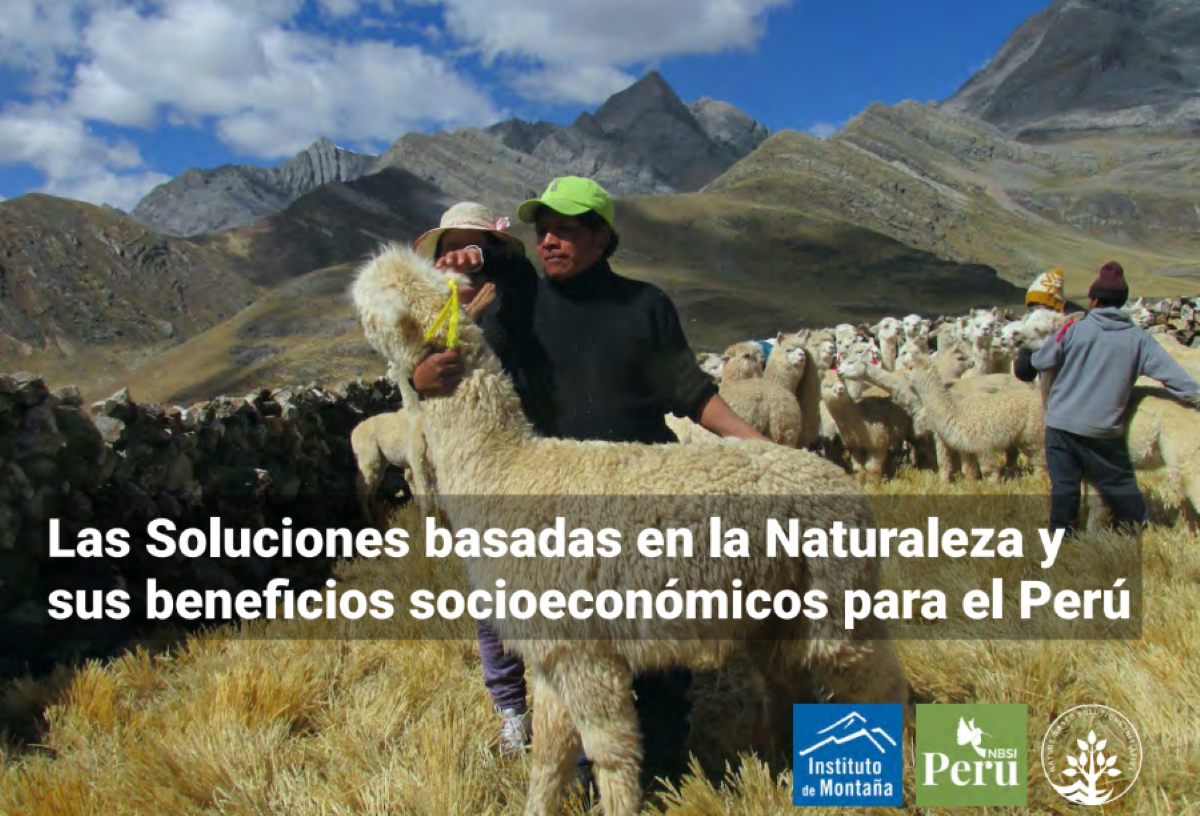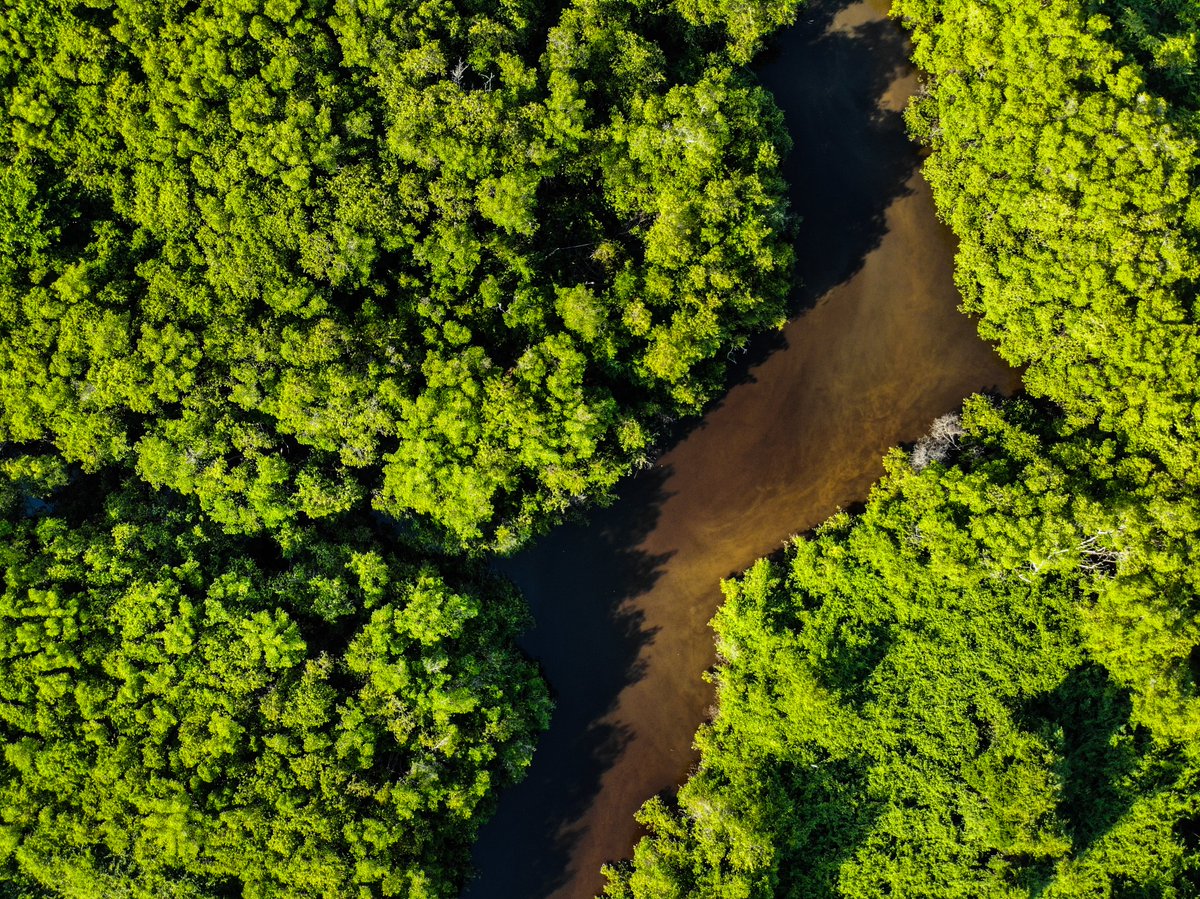The role of nature in the UK NDC

This report, from the RSPB and WWF based on analysis by Pete Smith and colleagues at the University of Aberdeen and with inputs from the Nature-based Solutions Initiative, makes science-based recommendations on how to include nature in an updated UK Nationally Determined Contribution (NDC). Every Paris Agreement signatory has the chance to submit an updated NDC by the end of 2020; hence the UK still has a chance to strengthen its commitments to nature-based solutions for climate change mitigation and adaptation.
The report provides four key action points:
- Targets should include protecting existing carbon stocks, especially native woodlands, peatlands and permanent grasslands
- Targets should include enhancing carbon sinks through improved management, restoration and creation of a range of habitats. Key actions include rewetting peatlands, and nature-friendly woodland expansion, using a mix of native species and not planted on semi-natural grassland.
- Targets should explore mitigation potential beyond options that are currently accounted for the Greenhouse Gas Inventory. The importance of coastal and marine ecosystems for climate change adaptation must also be recognised.
- NDC implementation to 2030 and the long-term strategy to 2050 in the land and forest sector should prioritise the NbS approach, following the NbS Guidelines, so as to deliver biodiversity and wider socio-economic benefits in concert with outcomes to address climate change.
The report presents analysis of carbon dynamics in forests, peatlands, grasslands and seagrass meadows, estimating that improved protection, restoration, management and creation of these ecosystems could sequester an additional 75-123 MtCO2e by 2030 and 278-492 MtCO2e by 2050. With improved management of agricultural land, and NbS in other ecosystems such as kelp forests, the mitigation potential would be even greater.
Read the report here.




